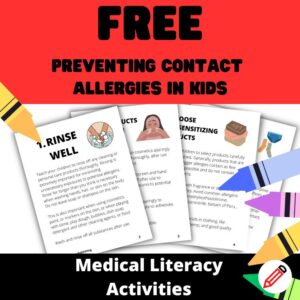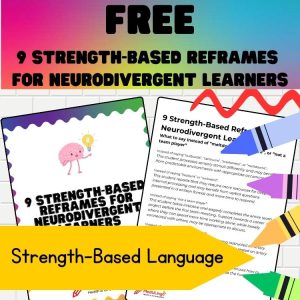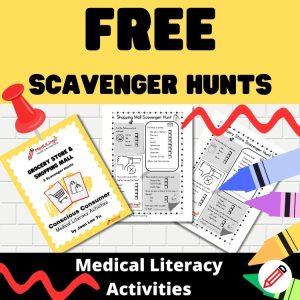The early years of schooling play a crucial role in shaping a child’s understanding of the world around them. Grade 1 marks a pivotal stage in a child’s academic journey, offering a window of opportunity to introduce foundational concepts that lay the groundwork for lifelong learning and health awareness. Among these foundational concepts, medical literacy on anatomy stands out as a cornerstone of early education, offering a multitude of benefits for young learners. This article explores the advantages of including medical literacy on anatomy in Grade 1 with an activity book like A to Z Findable Anatomy, shedding light on its significance and potential impact on children’s holistic development.

Understanding Right and Left:
Children typically begin to learn the difference between right and left between the ages of 4 and 6 years old. This developmental milestone coincides with the early years of elementary school, making Grade 1 an opportune time to introduce basic anatomical concepts that build upon this understanding. By incorporating simple activities and visual aids that reinforce the concepts of right and left, educators can seamlessly integrate anatomical discussions into the curriculum, laying the groundwork for more advanced learning in later grades.
Fostering Curiosity and Wonder:
Introducing medical literacy on anatomy in Grade 1 sparks curiosity and wonder in young learners, igniting their passion for exploring the complexities of the human body. Children are naturally curious beings, eager to understand how their bodies function and the marvels of human anatomy. By providing age-appropriate resources, interactive activities, and hands-on experiences, educators captivate children’s imaginations and instill a sense of awe and appreciation for the intricacies of the human body.
Promoting Health Awareness:
Medical literacy on anatomy in Grade 1 promotes health awareness by empowering children to understand their bodies. Through engaging discussions and activities, children learn about the major body parts, organs, and their basic functions. By demystifying the human body and promoting an inclusive understanding of different bodies, educators foster an appreciation for human diversity.
Building a Foundation for Scientific Inquiry:
Anatomy education in Grade 1 builds a strong foundation for scientific inquiry and critical thinking skills that children will utilize throughout their academic journey. By exploring the human body and its structures, children develop observational skills, spatial awareness, and an understanding of cause and effect relationships. Through hands-on exploration and inquiry-based learning, children learn to ask questions, seek answers, and make connections between different anatomical concepts. This early exposure to scientific inquiry sets the stage for future exploration and discovery in various scientific disciplines.
Empowering Informed Decision-Making:
Medical literacy on anatomy empowers children to make informed decisions about their health and well-being from an early age. By understanding how their bodies work and the importance of proper care, children can take proactive steps to maintain their health and prevent illness. Anatomy education instills a sense of responsibility and agency in children, enabling them to advocate for their health needs and make informed choices throughout life.
Introduce Medical Literacy on Anatomy in Grade 1
In conclusion, including medical literacy on anatomy in Grade 1 with a resource like A to Z Findable Anatomy offers numerous benefits for young learners, including fostering curiosity and wonder, promoting health awareness, building a foundation for scientific inquiry, and empowering informed decision-making. By introducing anatomical concepts at an early age, educators provide children with the knowledge and skills they need to navigate the complexities of the human body and lead healthy, fulfilling lives.
===
Interested in teaching medical literacy pain free? Shop medical literacy resources!

This article was drafted by ChatGPT and edited by Joan Lee Tu, the founder of MedULingo.com.
You may also be interested in the following:
A to Z Medical Literacy: Book of Findable Anatomy
The Benefits of Introducing Medical Literacy on Anatomy in Grade 1
The Importance of Early Medical Literacy on Anatomy from Grade 1
Formalin sessions or 3D apps: Teaching anatomy in the modern age
 |
 |
|---|---|
 |
 |

